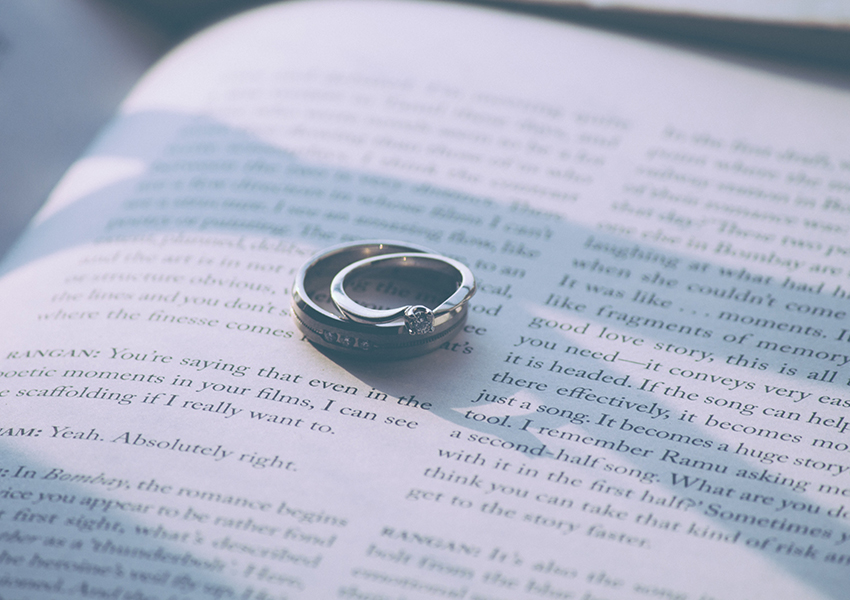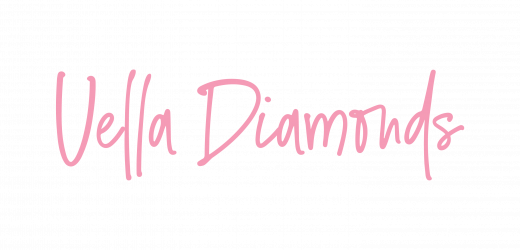
EVERYTHING YOU NEED TO KNOW ABOUT THE 4Cs OF DIAMONDS
August 02, 2021
Okay, let’s admit it; purchasing diamond rings is not a task that any person should just jump into. When you see a diamond ring that you thought is beautiful, you need to stay your impulse and don’t purchase it immediately. This is because it’s highly recommended that you first do some research and learn everything you can about diamonds, such as its 4Cs. That way, you can ensure that you really are getting a ring with a genuine diamond attached to it.
In this article, Vella Diamonds, the pros to approach when it comes to your jewellery needs, tells you everything you need to know about the 4Cs of diamonds.
Cut
When the term “cut” is thrown around, it usually refers to the quality of the angles, proportions, facets, and finishing details of the diamonds in question. According to diamond experts, this is the most important of the Cs since it can easily impact the diamond’s ability to sparkle and therefore, its overall beauty and aesthetic appeal.
Since the GIA started the 4Cs standard, the usual grades for diamond cuts range from the scales of Ideal, Excellent, Very Good, Good, Fair, and Poor and depending on the shape of the diamond, the Ideal and Excellent grades signify the proportions angles cut for maximum brilliance and fire. However, keep in mind that when you’re looking at a diamond’s cut, there are some drawbacks that you need to look out for. This is because even if two diamonds have the same grade in a diamond cut chart, they can still vary due to the different cutters and diamonds involved. For instance, a cutter can aim to maximize carat weight, which in turn can make the diamond too deep or too shallow for optimal light reflection when it’s being cut. Other times, meanwhile, a diamond can be cut to minimize the number of inclusions to improve its clarity, which in turn can sacrifice its maximum sparkle in the process.
Since the better the cut, the more valuable and beautiful the diamond is, it’s incredibly crucial that you review its cut perfectly and ask for an expert’s eye before you finalize the purchase on your diamond rings.
Color
Diamond colors are graded in terms of how colorless a diamond can be and the GIA usually grades diamonds from the D to Z scales, with D diamonds being the most colorless and Z diamonds having noticeable brown or yellow tints. When purchasing diamonds, make sure that you look at them individually because depending on its cut, carat weight, and shape, their colors may appear different from one another.
When purchasing diamonds for your diamond rings and you’re looking at the color, try to determine if it appears colorless in relation to its setting. That way, you can be certain that the diamond is free of any tinting that can interfere with its light reflections, whether it’s colored or not. As such, when you’re purchasing diamonds, it’s generally recommended that you review each diamond closely and ask an expert for their assistance.
Clarity
On the other hand, there’s also the Clarity and when discussing clarity in diamonds, it usually evaluates how clean the diamond is from both inclusions and blemishes. According to diamond experts, the GIA grades clarity with a chart that ranges from FL (Flawless) to I2 (Inclusions 2). Of course, if a diamond is given an FL rating, it means that there are no internal or external imperfections, resulting in an extremely rare diamond that’s more valuable than usual. Apart from that, when you’re also trying to check for clarity, experts also recommend that you ensure the diamond is “eye clean” (or has inclusions if you look at them with a magnifying glass) and that said inclusions aren’t interfering with light reflection
While learning everything you can about the clarity chart can be handy, keep in mind that each diamond differs slightly, and as such, it’s best that you enlist the aid of a professional to help you examine the clarity of your diamonds.
Carat Weight
Finally, there’s also the carat weight and believe it or not, this doesn’t refer to the diamond’s size. Instead, it refers to the actual weight of the diamond in question. For instance, a 1 carat diamond is 200 milligrams or 0.2 grams. But according to experts, no two diamonds are the same because depending on how it is cut, two 1 carat diamonds could have different sizes.
Keep mind that while carat weight is always an element that you’ll have to consider when purchasing diamonds, the overall appearance and brilliance should always be paramount in your search. With that in mind, make it a point to search for diamonds with an Excellent or Ideal cut and a lack of color instead of sticking to a certain number on the carat weight chart when purchasing diamonds as an investment.
Need assistance in purchasing the best diamond rings for your proposal plans? Look no further than Vella Diamonds. With years of experience under our belts, we have the right amount of expertise to assist you in your search for the perfect engagement ring. We won’t let you down! You may also visit our website to see our selection of engagement and wedding rings or learn more about diamonds and the various cuts they come in.
